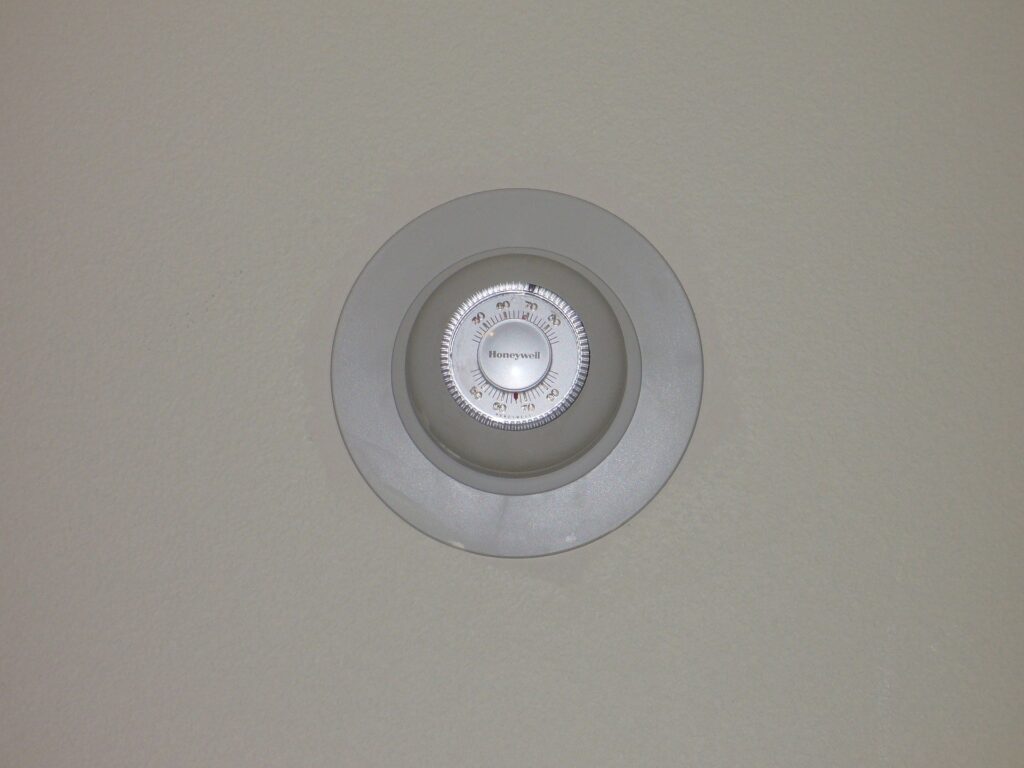
This is the fourth of a series of posts about what Project Based Learning infused with Social and Emotional Learning looks like when teaching remotely. Is it the ideal situation? Probably not, but it is the reality that many of us are dealing with. I will share my ideas and what others are doing to hopefully inspire you to action.
- Remote Entry Events
- Remote Need to Knows
- Remote Inquiry in PBL
- Remote Autonomy in PBL
- Remote Community Partnerships in PBL
- 7 Remote Feedback Protocols
- Remote Public Presentations in PBL
- Remote Reflection in PBL
Exhausting!
Many teachers are overwhelmed with remote or hybrid teaching. It is so much work and is exhausting. Connecting with students is hard! They miss scheduled Zoom calls. Don’t respond to emails or messages. It sometimes feels like beyond a few self-motivated kids, student effort is dependent on how much parents or caretakers are monitoring them.
I recently saw a teacher post about how overwhelmed she was with daily grading in this environment. She stayed up late nightly marking papers. She asked about how much formative vs. summative assessment others were doing. For me the ratio should be about 99% formative vs. 1% summative.
Hope
I, of course, love assessment, but hate grading. My advice to teachers is to use formative assessments daily, even multiple ones. This shouldn’t be overwhelming because you do NOT need to grade them. The purpose of formative assessments is to figure out where your students are to plan your next teacher moves to make.
Think of formative assessment as a thermostat taking the temperature of the room, then you adjust the heat or air based on your reading. As students complete an activity in your class, listen and observe, looking for common misconceptions or gaps in understanding. Then sequence the next day’s lessons based on student needs. This means you may have to differentiate for different groups of kids.

Formative assessments are not your sole responsibility. As you create a student-centered classroom, you release control to students. You are not the only source of knowledge in the room. Formative assessments should include peer assessments, community feedback, and self reflections, on top of your observations. Let’s consider each one and what it might look like in remote learning.
Peer Assessment
There are many ways that students can assess each other, and most can be adapted for online learning. For writing pieces in Google Docs, they can leave suggestions in comments. Many teachers have students post pictures of drafts of final products on Padlet or videos on Flipgrid and then have other students add feedback for refinement. Use a Visible Thinking Routine within breakout rooms to structure productive peer assessment. Remember to model what constructive feedback looks like and provide sentence stems.
Community Feedback
Outside experts can provide excellent feedback, especially in areas of the project that may be outside of the teacher’s expertise. You can use some of the same tools mentioned above: Padlet, Flipgrid, Google Docs, etc. Students can connect via email or video conferencing to get feedback on their products, advice for research topics and resources, and coaching around content topics. In a design project, students should be surveying the community for their perspective on the problem being addressed. Social media is another way for students to get their message out and to connect to local aspects of their project.
Self Reflection
In reality, self-reflection is the single most powerful assessment. When we decide something for ourselves, it leads to substantive action. Students should be reflecting on content, SEL skills that they are developing, and the PBL process. Reserve time daily for reflection on one of these areas. Use rubrics to have students evaluate themselves. They can journal or fill out an exit ticket. This can be done many ways online. My favorite for its simplicity is a Google Form. Mix it up by having students do a Turn and Talk with random pairs in a breakout room.
Teacher Observations
My favorite teacher assessment is just listening to conversations of students during group work. Put them into breakout rooms with a protocol to follow and a task to submit at the end. Hop in to notice how they interact with each other and what they are learning. Pull small groups or individuals into a separate breakout room for conferencing to assess them. Document students’ levels on content standards or SEL competencies in a spreadsheet (note: I am not the creator of this template and the author did put their name on it).
When you need to look at handed-in classwork, read 8-10 papers looking for themes of strengths and missing aspects. Once you establish what you need to know, don’t read the rest. Don’t grade them at all! Plan an engaging way to address the pattern that you discovered.
Finally here’s two of my favorite sites for formative assessment ideas: 60 Formative Assessments and K-20 Assessment Cards.
My Mantra:
Assess more;
Grade less;
Plan cool stuff for kids!
We only have so much time in a day. Every minute wasted grading busy work that doesn’t inform our next teacher move is wasted time. Let’s use our time wisely to plan work worthy of the children in front of us. Assess in real time and use your planning period to plan and adjust, not mark papers.
Questions? Interested in a PBL workshop or consulting? Connect with me at michaelkaechele.com or @mikekaechele on Twitter.

Pingback: Sharing Diigo Links and Resources (weekly) | Another EducatorAl Blog